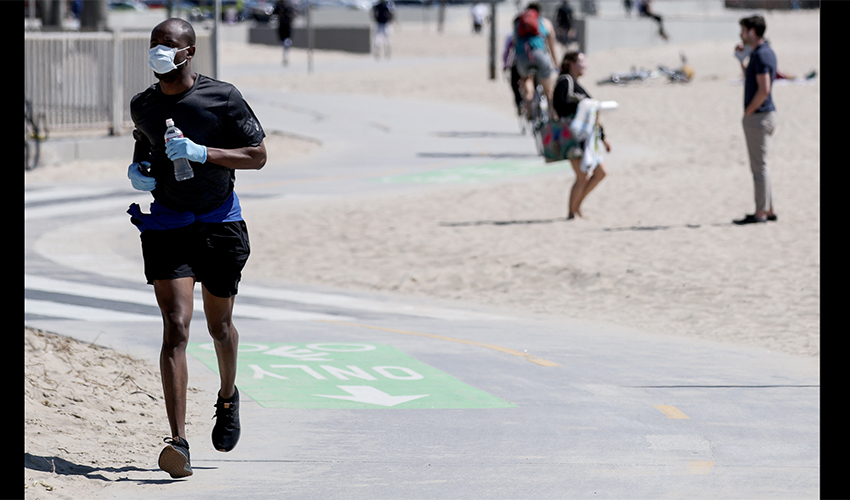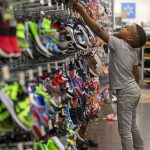The July Edition of the COVID-19 Impact Survey from the World Federation of the Sporting Goods Industry (WFSGI) finds that COVID-19 is forecast to impact 86 percent of survey respondent’s business, slightly more compared to last month.
Still, WFSGI said there seems to be more optimism among respondents as only a little more than 4 percent expect a drop of more than 60 percent. Last month, 15 percent were expecting such a decline.
Most respondents see a business drop by 20 percent (42 percent of respondents) and a decline of 50 percent (30 percent of respondents). The most affected regions remain Europe and Northern America where over 70 percent expect less business which is an increase of around 10 percent compared to last month.
Also encouraging, the July survey was the first time among WFSGI’s monthly surveys that 0 percent of respondents did not expect a rebound of their business. Twenty percent expect a recovery of more than 100 percent — nearly triple as much as in June.
As in the previous months, most respondents expect a recovery of 20 percent. Respondents were slightly more pessimistic as close to 50 percent think that their business will need more than one year (last month only 30 percent opted for this answer). While 37 percent of respondents still guess that 91-to-180 days are necessary for their company to rebound.
Other findings from July’s survey:
- Increasing online sales (76 percent) remain unchanged as the most chosen option to mitigate the impact of the pandemic;
- Outdoor remains the most prevalent sport but cycling is close behind. Basketball and Baseball were not selected by any of the respondents the third time in a row;
- There is a clear trend that companies face less cash flow issues. In July 48 percent did not face any cash flow challenges while 52 percent still were challenged;
- The most popular option for sustainable supply chain operations was adopting lean production and automation. The latter was only the second to last option chosen in June. There is a sharp decline of companies consolidating production and benefitting from government loans; and
- Only 50 percent of respondents faced material shortage, marking a considerable improvement.
The full survey is here.
Photo courtesy Getty
















